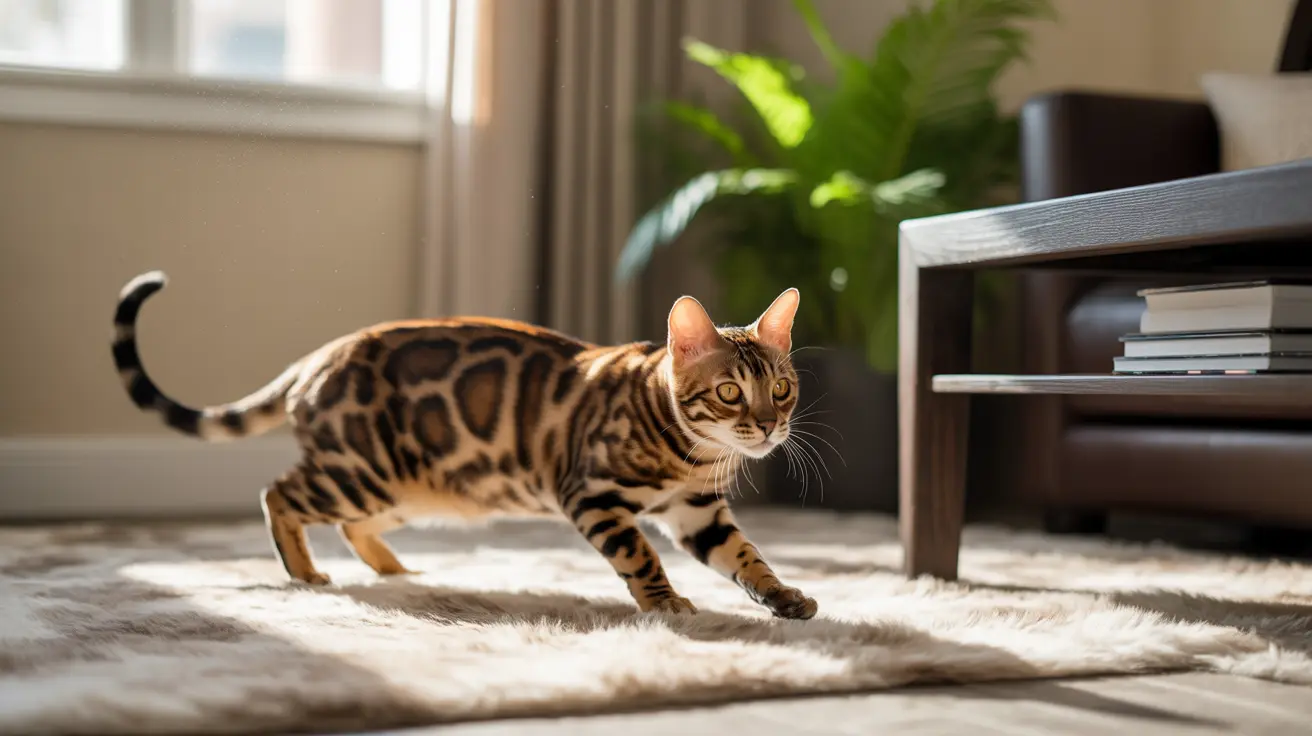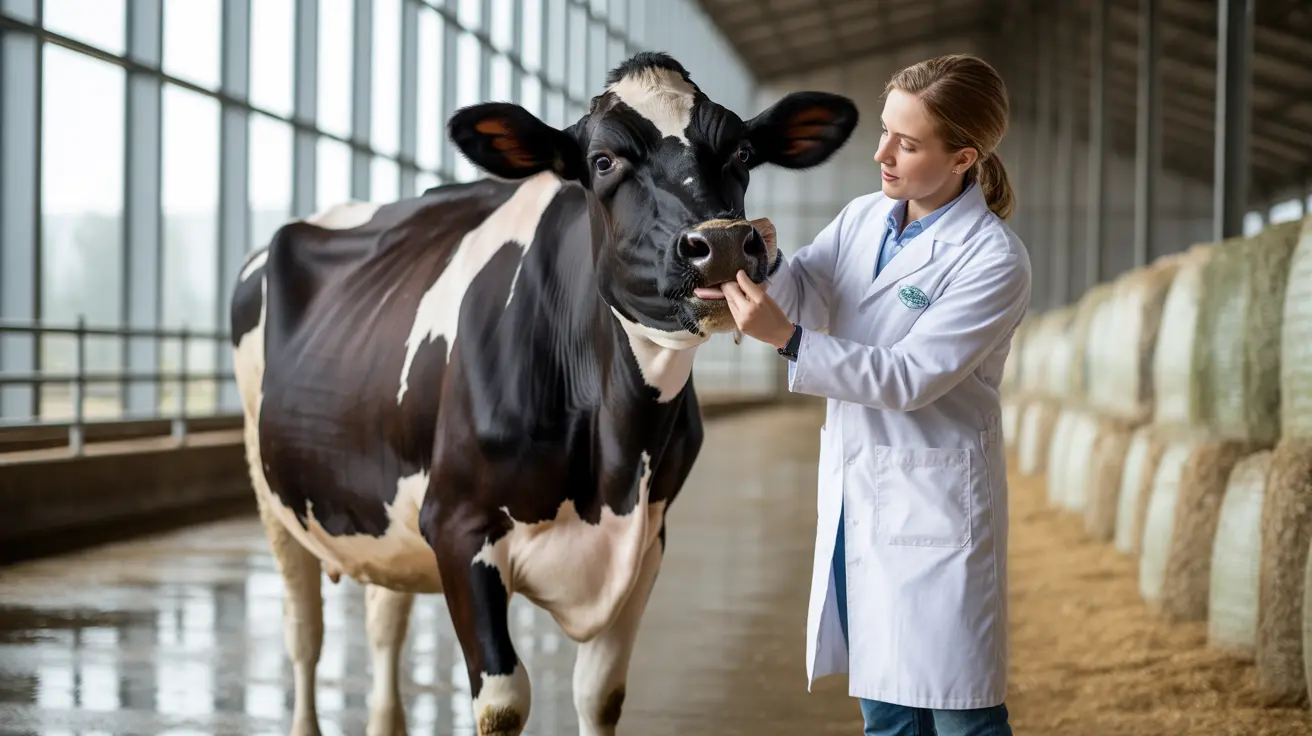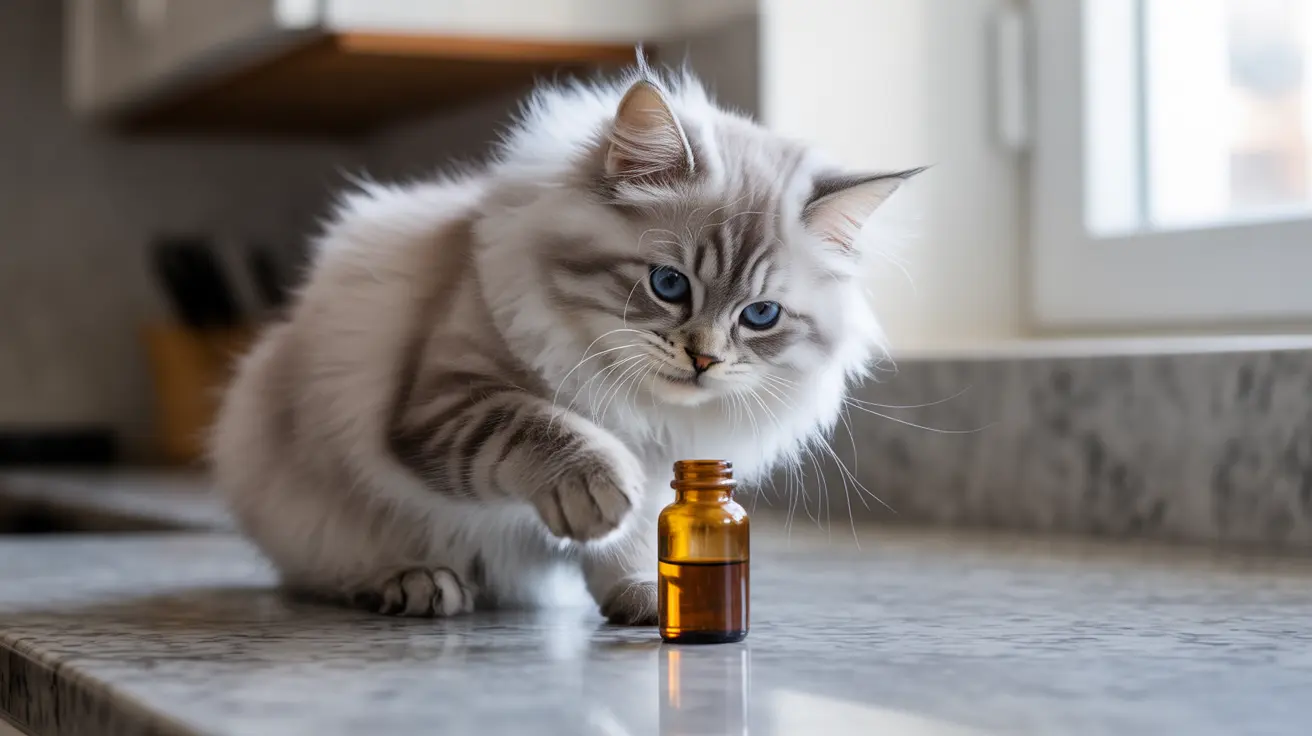The Evolution of Feline Stealth
Cats' sneaky behavior isn't just a quirky personality trait - it's the result of millions of years of evolution. Their entire physiology is designed for stealth, from their padded paws that muffle footsteps to their flexible spine that allows for silent, fluid movement. These adaptations helped their ancestors survive both as hunters and as potential prey.
Modern domestic cats retain these evolutionary traits despite no longer needing to hunt for survival. Their DNA still carries the coding for these behaviors, making stealth an integral part of their nature.
Why Cats Display Sneaky Behavior
Natural Hunting Instincts
The primary reason cats sneak around is their inherent hunting instinct. Even well-fed house cats maintain this behavior, practicing their stalking and pouncing skills on toys, shadows, or unsuspecting family members. This isn't mischievous behavior - it's a healthy expression of their natural abilities.
Territorial Surveillance
Cats use their stealth skills to patrol their territory effectively. They'll quietly investigate every corner of their domain, checking for changes or potential threats. This behavior helps them feel secure and in control of their environment.
Self-Preservation Tactics
Being naturally cautious animals, cats use sneaky behavior as a self-preservation mechanism. They'll often move quietly and stay hidden when feeling uncertain or when investigating new situations, allowing them to retreat quickly if needed.
Signs of Normal vs. Concerning Sneaky Behavior
While sneaking is normal for cats, changes in this behavior can signal problems. Healthy sneaky behavior usually involves playful stalking, curious exploration, and regular territorial patrols. However, if your cat suddenly becomes more reclusive or starts hiding extensively, it might indicate stress or illness.
Supporting Your Cat's Natural Behaviors
Creating an enriching environment that supports your cat's natural sneaky tendencies can help maintain their physical and mental health. Consider providing:
- Hiding spots and elevated perches
- Interactive toys that encourage stalking and pouncing
- Play tunnels and boxes for exploration
- Regular play sessions that mimic hunting behavior
Frequently Asked Questions
Why are cats naturally sneaky and stealthy in their behavior?
Cats are naturally sneaky due to their evolutionary history as both predators and prey. Their stealthy behavior helped them survive by allowing them to hunt effectively and avoid larger predators. This trait remains ingrained in their DNA even as house pets.
What does it mean when my cat sneaks around the house or hides?
When cats sneak around the house, they're usually either practicing hunting behaviors, patrolling their territory, or satisfying their natural curiosity. This is typically normal behavior unless accompanied by other concerning changes in their routine.
How can I tell if my cat's sneaky behavior is playful or a sign of stress or illness?
Playful sneaking usually involves active engagement with the environment, pouncing on toys, or interactive behavior with family members. If your cat becomes unusually withdrawn, hides more than usual, or shows changes in eating or litter box habits, consult a veterinarian.
Why do cats sneak to patrol their territory or explore off-limit areas?
Cats are naturally territorial and curious animals. They sneak to patrol their territory as a way of maintaining security and checking for changes in their environment. Exploring off-limit areas satisfies their innate curiosity and desire to expand their territory.
How can I encourage healthy sneaky and stalking behaviors in my indoor cat?
Provide environmental enrichment through interactive toys, climbing structures, hiding spots, and regular play sessions that mimic hunting behavior. This helps satisfy their natural instincts while keeping them mentally and physically stimulated.
Understanding and supporting your cat's sneaky nature is key to maintaining a happy, healthy feline companion. Remember that these behaviors are normal and necessary for their wellbeing, and providing appropriate outlets for these instincts will strengthen your bond with your pet.






